Business entities in the course of their activities use labor, objects and means of labor. A person acts on a certain complex of things and makes various values out of them. Of key importance in the process of creating products is logistics. Without raw materials, fuel, etc., the manufacture of a product (providing a service, performing work) is impossible. 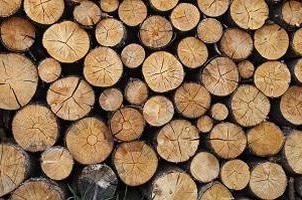
Logistics
In economic activity, a person applies various objects and values. In the extractive industries, they are mainly natural components. These are, in particular, minerals, elements of the animal and plant world. In other industries, different types of material resources are used. They include raw materials, fuel, etc. Using the means of labor, a person acts on this complex of elements, makes certain goods. They, in turn, can be used to meet needs or to create other values. The most important role in human economic activity is played by energy resources. They are classified according to various criteria.
Depending on the type emit, for example, coal, gas, electricity, hydropower and so on. According to the method of preparation for further use, distinguished are ennobled, natural, enriched, transformed, processed. Depending on the production method, they distinguish between their own or external acquired energy resources. There is a classification according to the frequency of use: secondary, primary, reusable. Types of values are also distinguished depending on the areas of the industry: agricultural, construction, transport, industrial. Material-production resources are objects that a person uses to influence other things in the course of his business. They are also called fixed assets. They are also classified into various groups.
Mtr
Material and technical resources are items that are involved in the process of creating goods. The main criterion by which they are classified is their origin. For a particular industry, specific basic and supporting materials are needed. For example, the production of non-metals is the chemical industry, non-ferrous and ferrous metals - metallurgy, the manufacture of wood products - woodworking. There is also a classification according to its purpose in the production process (production of components, final products, semi-finished products, and so on). As additional features, enter:
- Physico-chemical characteristics (density, heat and electrical conductivity, heat capacity, hardness, viscosity).
- Shape (profile, angle, pipe, rail, hexagon, beam, etc.).
- Dimensions (large, medium, small size in width, height, volume, length).
- Physical state (gaseous, solid, liquid).

Groups
In accordance with the purpose of material resources are divided into the following categories:
- Raw materials. It is used for the manufacture of material and energy resources.
- Semi-finished products. They are sent for further processing.
- Materials (used in the main and auxiliary industries).
- Accessories. They are used in the manufacture of final products.
- Finished goods. They are sent to consumers.
Raw materials
It represents raw material resources, which in the process of economic activity form the basis for the finished product or semi-finished product. In this category, industrial raw materials are primarily allocated. It, in turn, is divided into artificial and mineral. The latter include:
- Natural gas, oil shale, oil, coal, uranium, peat and other elements used in the fuel and energy sector.
- Ores of noble, ferrous, non-ferrous metals - in metallurgy.
- Agronomic ores, fluorspar, barite - in the mining and chemical industry.
- Mica, graphite, diamonds - in the technical sectors.
- Clay, stone, sand, etc. - in construction.
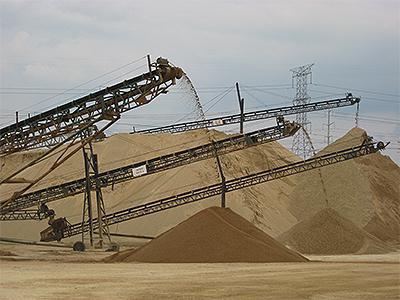
Artificial material resources are plastics and synthetic resins, rubber, various detergents, skin substitutes, etc. Agricultural raw materials occupy a special place in economic activity. It is divided into vegetable (grain and other crops) and animal (raw skin, meat, wool, milk, eggs, etc.). In economic activity, raw materials from the fishing and forest industries are also used.
Materials
They are considered the basis for components, semi-finished products, finished products. There are basic and auxiliary materials. The first include those that are applied directly in the process of creating the finished product and are part of it. Auxiliary materials are not included in the product itself, however, without them release it is impossible. The indicated categories, in turn, are classified into subgroups, classes, types, groups.
Semi-finished products
These material resources are semi-finished products. They must undergo processing before becoming a finished product. Semi-finished products are divided into two large categories. The first includes partially manufactured products within one enterprise. They are transferred from one unit to another. The second group includes intermediates that come from one enterprise to another. Semi-finished products can undergo a one-time or multi-operation processing, after which they become finished products.
Accessories
They are finished products. In the industrial field, component materials are supplied from one enterprise to another. The latter applies them in the manufacture of final products. Accessories, in other words, act as components of the product. 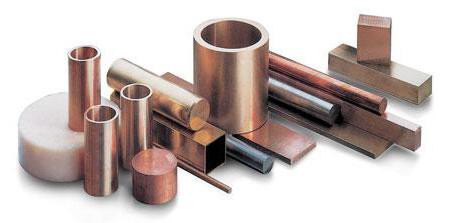
Finished products
Enterprises can produce consumer or industrial goods. They are called end products. The first are intended for sale to customers. Consumer goods can be of multiple (long-term) or short-term use, special, preliminary or daily demand.
Recyclable materials
It includes waste - the remains of materials, raw materials, semi-finished products that are formed in the process of economic activity. These objects partially or completely lose their original properties. Recycled materials also appear during the decommissioning and dismantling of machines, assemblies, parts, installations, equipment and other fixed assets. Secondary material resources include those wastes for which today there are no operating conditions (economic, organizational, etc.). With an increase in output, the amount of this raw material will constantly increase. Secondary resources are divided depending on:
- Places of formation (industrial, consumption waste).
- Technologies (unsuitable and subject to additional processing).
- Applications (unused and used).
- State of aggregation (gaseous, solid, etc.).
- Chemical composition (inorganic, organic).
- Toxicity (poisonous and non-hazardous).
- Places of use, etc.
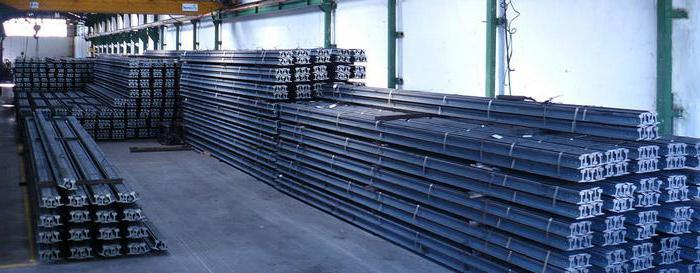
Rationality of use
Material resources of the enterprise act as one of the key factors of activity.Due to them, the material composition of the product is formed. They also to some extent provide the manufacturing process for goods. Final products, in turn, are used to meet the needs of the population. This indicates a direct dependence of the welfare of society on how fully business entities satisfy their need for material resources. Equally important is the rational distribution of MR, their competent application in the process of activity. Effective use of raw materials involves the following measures:
- Qualitative and thorough preparation of MR for direct application in industry.
- Improving the structure of the fuel and energy balance.
- Competent organization of storage and transportation of raw materials, preventing the decline in quality and losses.
- Chemicalization of the production process.
- Complex use of raw materials.
- The use of waste, recyclable materials.
MR preparation
Some material resources of an enterprise must undergo certain processing before being introduced into the manufacturing process. In each industrial sector, this process has its own differences. The main types of primary processing are considered:
- Enrichment of raw materials. For example, in coke production, coal is thus processed, in non-ferrous and ferrous metallurgy ores.
- Pre-cleaning and standardization. In the textile industry, for example, wool, cotton, etc., undergo such procedures.
- Canning. It is used in the food industry for fruits, fish, meat, vegetables, etc.
- Extract, drying. These processing methods are characteristic of the woodworking industry.
State regulation
The dynamics of the effectiveness of the use of raw materials is formed under the influence of various external and internal factors. The first, in particular, include state regulation of resource conservation. It includes:
- Tax system.
- State programming.
- Pricing system.
- Depreciation policy.
- Standardization.
- Credit and financial policy.

Programs for the technical development of industries, the development and implementation of non-waste and low-waste industries are essential in the implementation of state regulation. To implement them and stimulate business entities to rational use of MR, the state activates special financial levers. Equally important is the consolidation of the limit standards of material consumption of products to standards.
Market conditions
In the development of the production program, the creation of an assortment of products, such indicators as demand, supply and cost of MR are of paramount importance. The level of transport and procurement costs determines the choice of one or another supplier. The decisive factor in making decisions on quality, assortment, prices, etc. is the competition between business entities operating on the market.
Other factors
The efficiency of use is greatly influenced by the level of scientific and technological development, the availability of new knowledge, raw materials. The strategy of the business entity as a whole is under the influence of general economic factors. As a result, they affect the process of exploitation of material resources. These factors include, first and foremost, the economic situation in the state, the level of state regulation, the state of infrastructure in the sectors of the national economy, and others. Other conditions include:
- Ecological.
- Natural and climatic.
- Political and others.
Intrinsic factors
They are the result of external conditions. At the same time, internal factors determine the direct level of rationality of MR application. These primarily include technical factors. They appear at the design stage. Technical conditions affect the reduction of the consumption of certain types of material resources per 1 unit of production, and also affect the improvement of quality and improvement of the characteristics of goods. Technological factors appear at the stage of product creation. They cause a reduction in waste and waste. The degree of consumption of material resources is affected by many economic and organizational factors. Some of them have an indirect effect, manifested both in the design process and in the course of the direct creation of the product. Organizational factors are focused on improving the production structure. Economic conditions contribute to the rationalization of the process of applying MR.
Improvement of the situation
Measures that are aimed at improving the efficiency of MR use should be primarily implemented in primary care. One of the key elements of the program is an effective saving mechanism. As the experience of economically developed countries shows, the maximum results in the field of rational use of MR have been achieved by those business entities that have made resource-saving policies a priority. Of course, the transition to it requires an integrated approach, structural adjustment. In this case, the real needs of the external and internal markets should be taken into account. 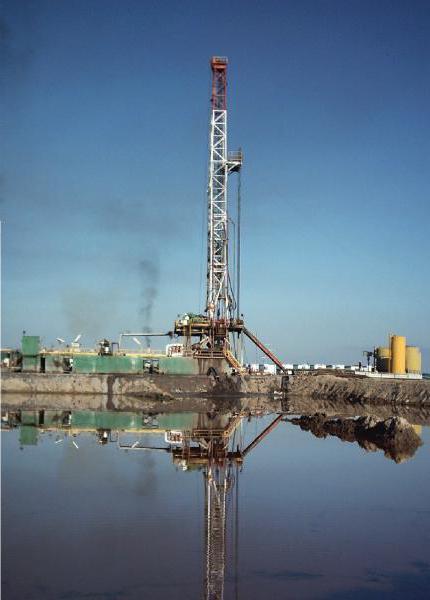
Scorecard
In the activities of any business entity, a special place is occupied by the analysis of material resources. Acting as an economic category, they have qualitative and quantitative characteristics. When evaluating the effectiveness of MR use, a variety of values are used. In economic publications there are many of their groups, for each of which provides its own justification. The most acceptable system is one that includes single (local, private) and generalized indicators, as well as scientifically based standards, in accordance with which certain material resources of the organization can be applied. The total values include:
- Indicators of relative and absolute changes in the volume of costs.
- Material consumption of products and production.
- The value of the intensity of MR application.
- Consumer structure indicators, etc.
Units should include quantities characterizing the share of the balance of raw materials (waste), the beneficial use of MR, the level of losses and the degree of their involvement in the manufacturing process.
Key elements
It is necessary to distinguish between the material consumption of products and production. The last category characterizes the effectiveness and level of MR use throughout the company, regardless of the specific type of products that it produces. Material consumption of production can be calculated at different levels (at the enterprise, in the industry, in the sphere of the national economy as a whole). Accordingly, a classification is established depending on the object being characterized. For example, there is a national material consumption, sectoral, regional, etc. The costs of MR are presented as a synthetic and multi-aspect category. In this regard, the system of indicators must include such quantities as metal consumption, energy intensity, fuel consumption. Some of these indicators are quite common in the practice of statistics and accounting. For example, this refers to the metal and energy intensity of GDP. Industry indicators are calculated specifically for specific sectors of the economy. They are defined as the ratio of the cost of material resources and output to the volume of marketable or gross product. Calculation for a specific business entity is carried out in a similar way.
Conclusion
Material resources act as one of the key links in the production system.To ensure the continuity of the manufacturing process, appropriate conditions must be created for their production and implementation. The most important task for any business entity is the development of measures for the most rational, efficient use of MR. For the implementation of the tasks set, an appropriate strategy must be developed, standards established. In addition, it is necessary to constantly monitor compliance with requirements and spending standards. Only with such an integrated approach can it be possible to effectively use the existing MPs.








